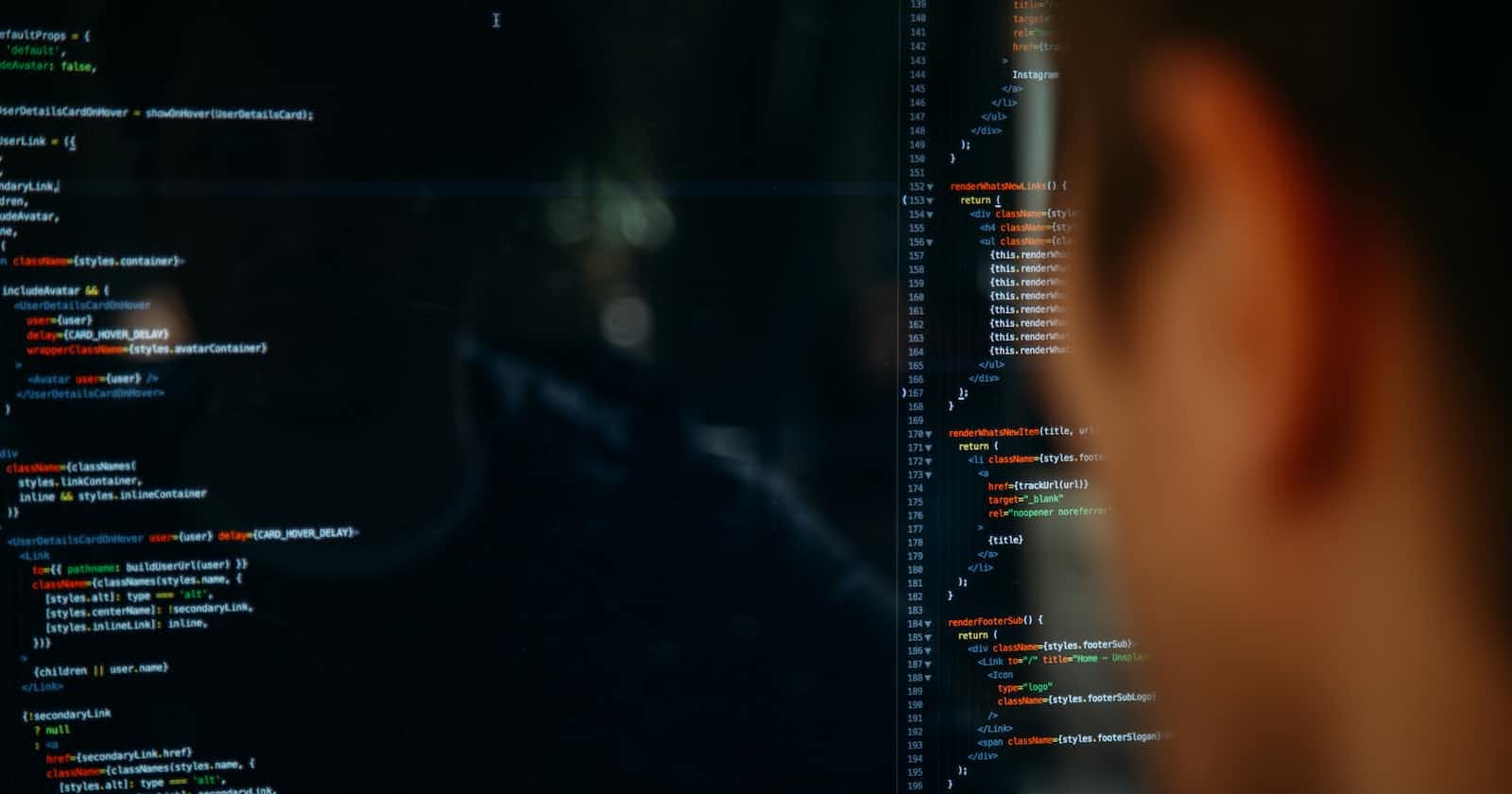Machine Learning (ML) and Traditional Programming are two different approaches to solving problems in the field of computer science and software development.
Machine Learning:
1. Definition: Machine Learning is a subset of artificial intelligence (AI) that involves training algorithms to learn patterns and make predictions or decisions based on data.
2. Examples:
- Spam Email Detection: ML algorithms can be trained to identify spam emails by analyzing text content and sender behavior patterns.
- Image Classification: ML models can classify images into categories, like identifying animals in photos.
- Recommendation Systems: ML algorithms power recommendation engines in streaming platforms and e-commerce websites to suggest content or products based on user behavior.
3. Characteristics:
- ML models learn from data and adapt over time.
- They can handle complex, non-linear relationships in data.
- ML is suitable for tasks like image recognition, natural language processing, and predictive modeling.
Traditional Programming:
1. Definition: Traditional programming involves writing explicit instructions or code to solve a specific problem or achieve a desired outcome.
2. Examples:
- Calculator Application: Writing code to perform arithmetic operations based on user input.
- Database Management: Creating queries and scripts to interact with a database and retrieve information.
- Sorting Algorithms: Implementing algorithms like quicksort or bubblesort to sort data.
3. Characteristics:
- Traditional programming is rule-based and deterministic.
- It is ideal for tasks with well-defined rules and logic.
- The programmer needs to explicitly specify the steps to achieve the desired result.
In summary, the main difference is that in ML, the system learns from data to make predictions or decisions, while in traditional programming, the programmer provides explicit instructions to achieve a specific outcome. The choice between the two approaches depends on the nature of the problem and the availability of data.
..
Derek

